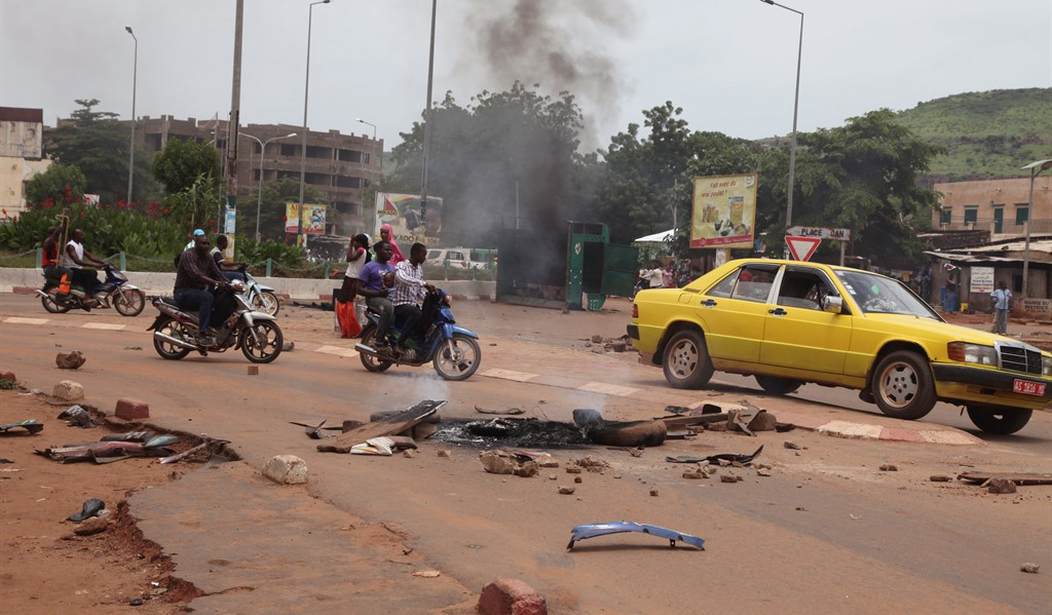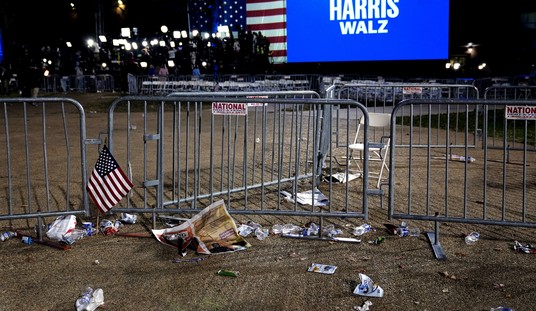In 2012, the al-Qaida-aligned Islamic terrorist group, Ansar Dine, intentionally attacked Timbuktu's historic trove. Its thugs intentionally destroyed or vandalized 60 tombs. In late June and early July, the thugs severely damaged Timbuktu's acclaimed Sidi Yahia mosque -- yes, radical Islamists damaging a mosque. Several tombs were shrine-mausoleums dating back to the 14th century. Malians, who are overwhelmingly Muslims, treasured the shrines as grand community history.
In 2013, a French-led military force drove the terrorists from Timbuktu. Investigators verified the damage. The Sidi Yahia mosque was a shamble. Nine of the historic mausoleums were rubble.
On August 22, 2016, Ahmad al-Faqi al-Mahdi, the terrorist who directed the destruction of the shrines and the mosque, pled guilty in the International Criminal Court to the charge of destroying cultural heritage sites (cultural property). ICC evidence included video showing al-Mahdi commanding attacks then bragging about the intentional devastation. He will serve 11 years in prison.
Legal scholars believe al-Mahdi's prosecution was the first time an international court treated destruction of a cultural site as a war crime. It was certainly the specific, narrowly drawn charge confronting the defendant. Several World War 2-era war criminals facing murder, rape and other typical war crimes charges had also destroyed cultural sites, but their destruction was not the critical legal charge.
Recommended
Radical Islamists aren't the first to pursue cultural destruction, but in our era they are its foremost practitioners. They regard pre-Islamic historical artifacts, particularly those with religious significance, as legitimate targets for obliteration. One of the most hideous examples occurred in March 2001, when Afghani Taliban commander Mullah Omar ordered his fighters to dynamite and machine-gun Afghanistan's 6th Century AD Bamiyan Buddhas. The giant Buddhas were a UNESCO World Heritage Site but that lofty status provided no protection. Taliban ideologues damned the statues as idols, vile relics from the benighted pre-Islamic era.
ISIS has taken pride in destroying cultural sites in eastern Syria and northern Iraq. Extolling the new Caliphate requires erasing the past. Within its territory any structure ISIS clerics deem non-Islamic or heretical may be targeted for destruction. The site destruction in Palmyra and Nineveh may be the most notorious examples.
Destruction and vandalization also demonstrates the unquestioned power of the conqueror. Radical Islamists believe the conqueror who brings the true religion has the right to erase the false gods. Infidel history just doesn't rate, so non-Islamic sites and shrines are destroyed or vandalized. They also perceive some historical artifacts, even if they are clearly Muslim, as political threats if they reflect local or regional identities. That may have been the reason al-Mahdi targeted the Sidi Yahia mosque.
Is al-Mahdi's conviction a precedent that will help restrain the intentional targeting of cultural sites? It could be -- though whether it restrains the nihilistic tendencies of ISIS commanders remains to be seen.
To serve as a useful tool over time the charge must strictly focus on intentionality, and intentionality must be documented and proven. Prosecutors in the al-Mahdi case focused on intent and had incontrovertible evidence of intent. They didn't rely on opinions and theories to get him to plead guilty him. Broadening the charge to include incidental destruction (for example, the destruction of a church in an artillery barrage directed at an enemy position) would make it a political joke and render it meaningless. No court ruling or legal concept will end warfare and no criminal charge will stop war's destructiveness.
























Join the conversation as a VIP Member